Ideas for an innovative solution for faster electric car charging, a one-box solution to measure aquaplaning and a portable car charging device were all recognised in the 2021 Autocar Drivers of Change initiative.
Three winners across Retail, Technology and Digital categories have been announced, with each winner receiving a £5000 prize. Run in partnership with automotive executive search specialists Ennis & Co, Drivers of Change seeks to find new talent for the automotive sector across three key areas.
Steve Cropley, Autocar’s editor-in-chief, said: “Despite everything that the last year has thrown at us, it was amazing to see how strong everyone’s ideas were for the Drivers of Change competition. The innovation and ingenuity that people displayed was incredible, to the point where it was really difficult to pick out the winners. I got a real kick out of reading them all - it just goes to show how great this industry is, and the people in and around it.
“Plus of course, congratulations to all the finalists and winners. With the sort of drive and innovation that you’ve all displayed, I know we’ll be reading about all of you over the coming years in Autocar.”
Lynda Ennis, founder of Ennis & Co, said: “Our industry is in the midst of rapid evolution. As global automotive and mobility executive search specialists, we are consistently observing the transformation taking place, and are fortunate to experience it daily as clients engage with us to find their senior leaders.
“What has struck me this year is the sheer level of innovation showcased by our entrants who, in many cases, are brand new to the world of automotive. Our finalists and winners have shown genuine potential to bring forward feasible solutions to some of the sector’s most pressing barriers… and I very much look forward to seeing some of these becoming a reality someday. Our prestigious sponsor judges have been absolutely remarkable in helping to choose our final three winners, which was no mean feat – and I want to take this opportunity to thank them for their ongoing support.”
Mike Hawes, SMMT Chief Executive, said, “Creative ideas drive the automotive industry and these awards lift the lid on some of the incredible concepts that will challenge the status quo. The industry is facing immense and rapid change on multiple fronts, from electrification to digital, and innovations such as these will help address some of these issues and provide tremendous opportunities for their creators. We want to attract the very best ideas and people into the industry and this initiative will help; so my congratulations to the winners and thanks to everyone who entered.”
Technology winner: Magnetic field battery charging - Dr Thomas Heenan


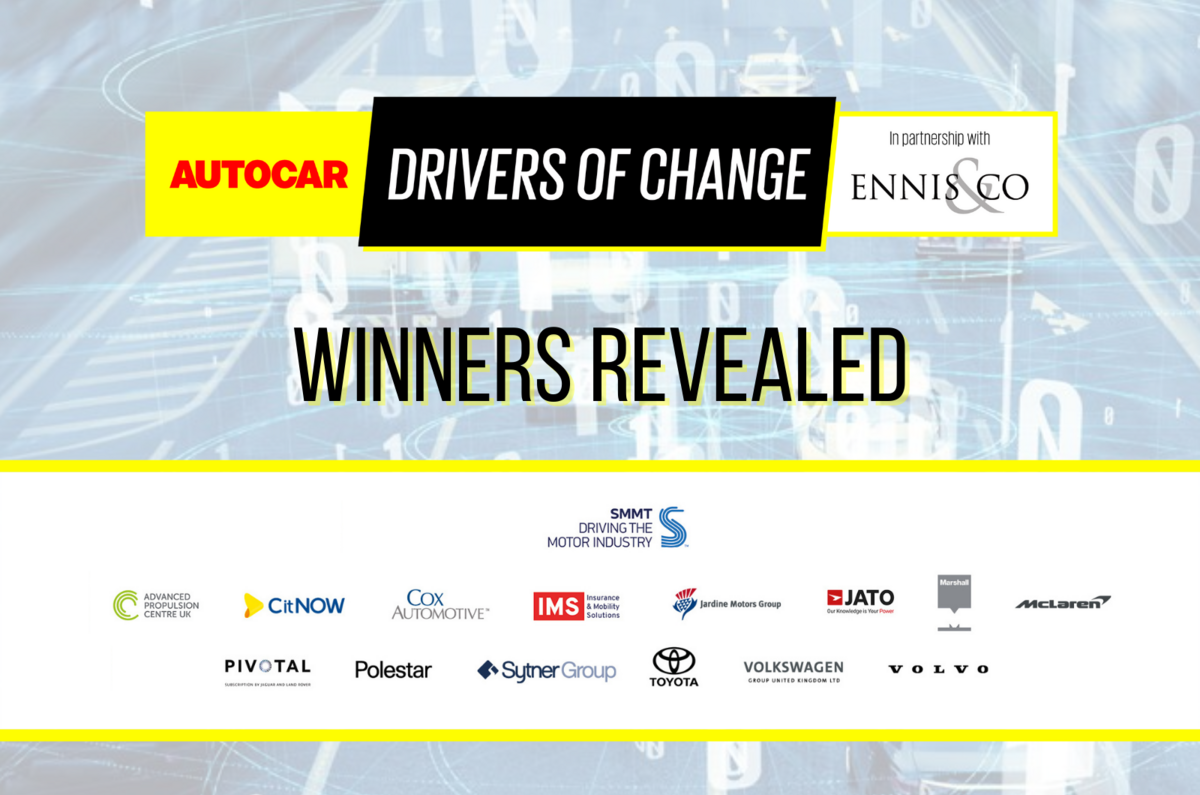

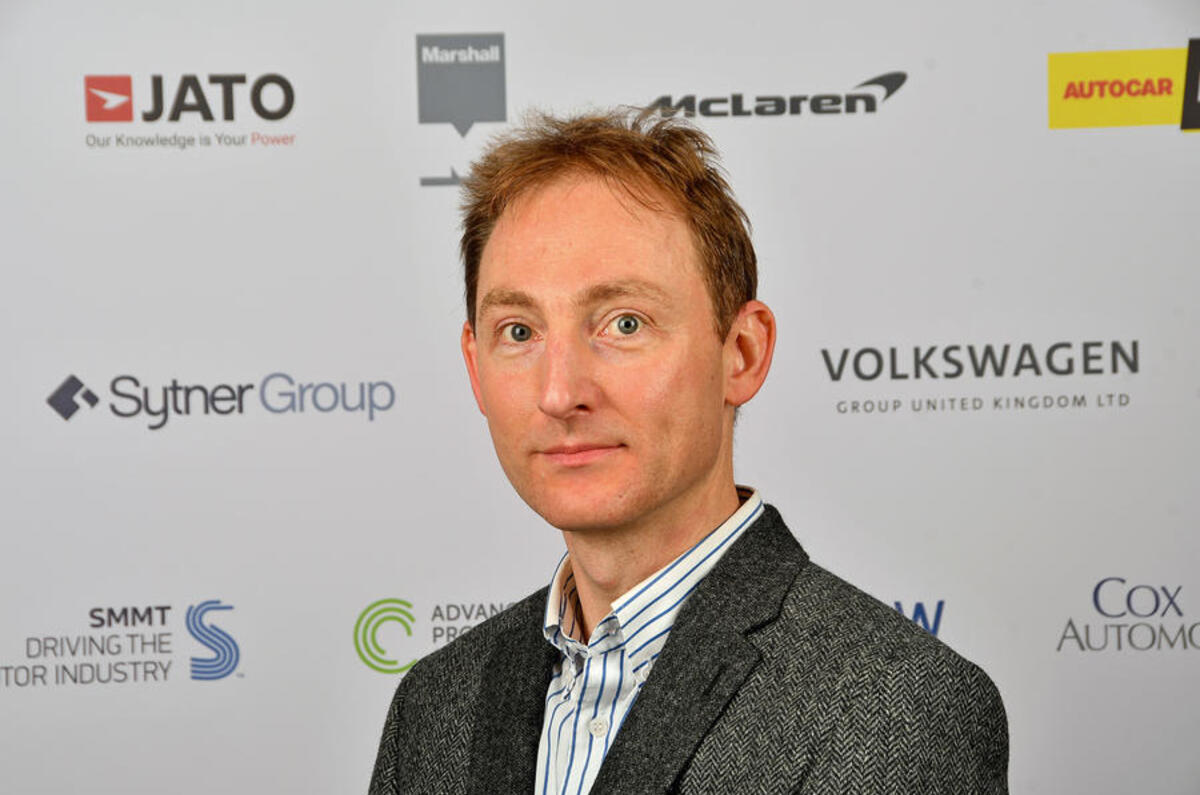
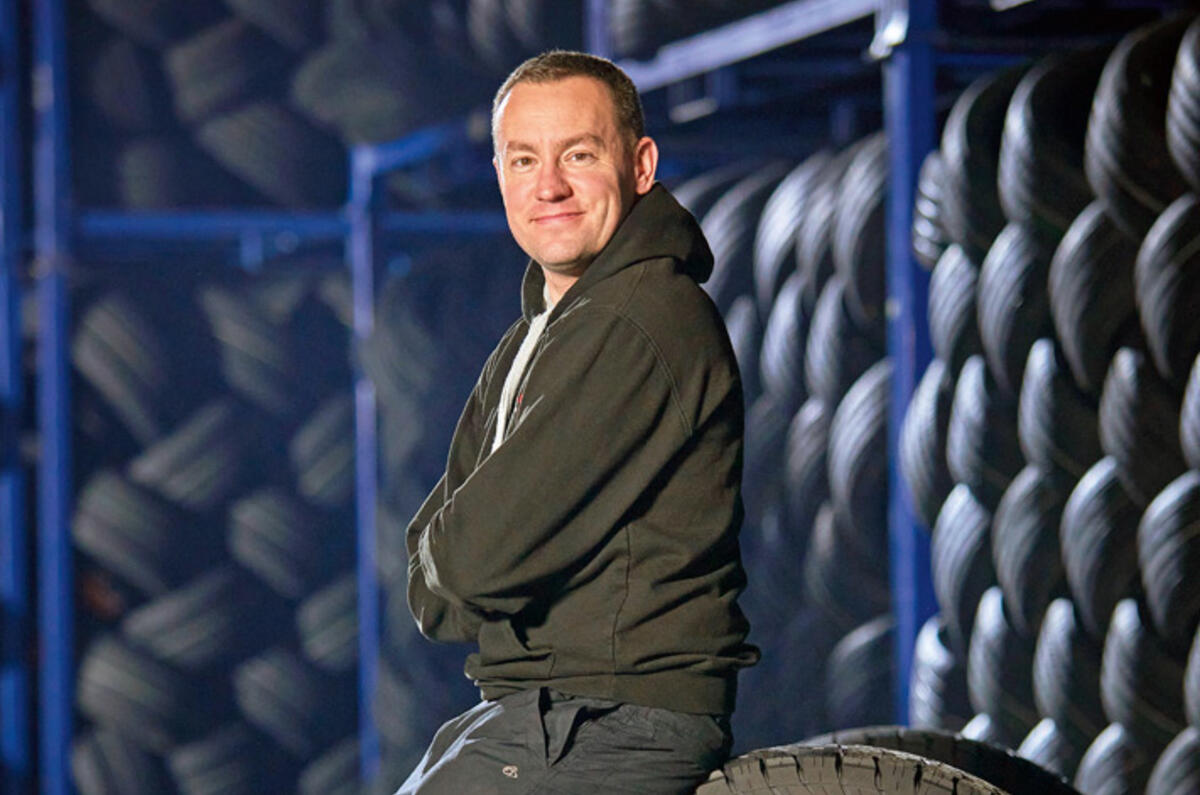





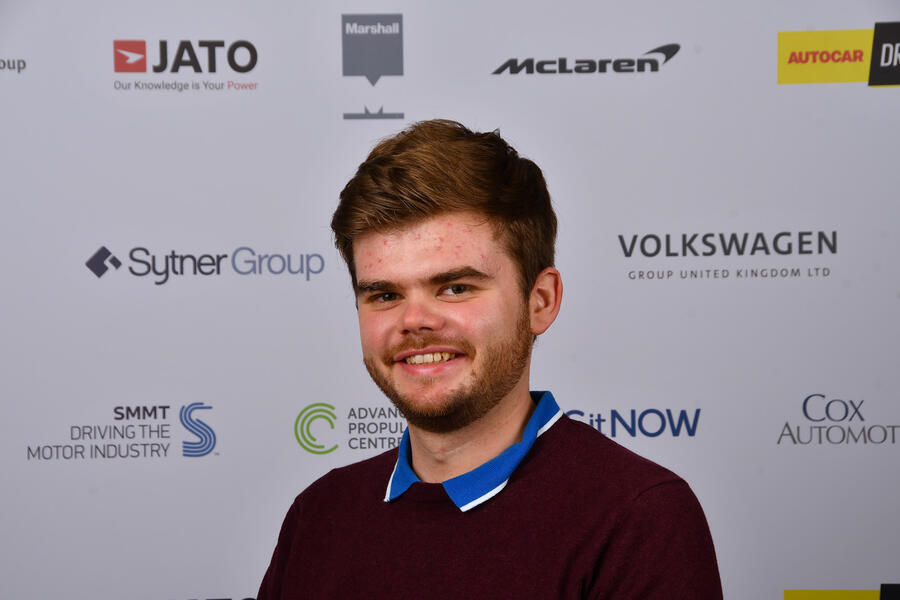 Designing AI vehicles that can communicate with other road users - Jack Mount
Designing AI vehicles that can communicate with other road users - Jack Mount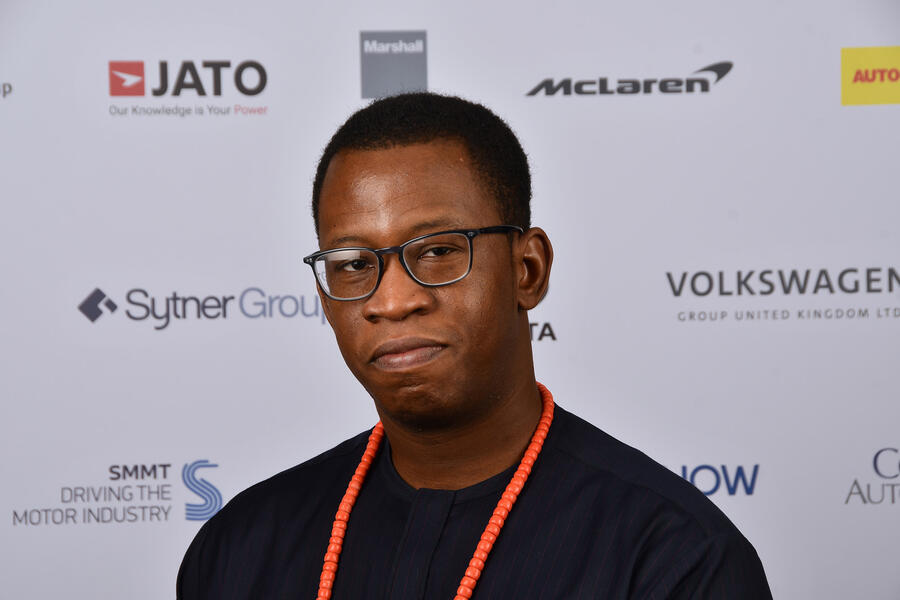 ‘Gigafactory as a service’ to enable scalable battery production - Nero Okwa
‘Gigafactory as a service’ to enable scalable battery production - Nero Okwa
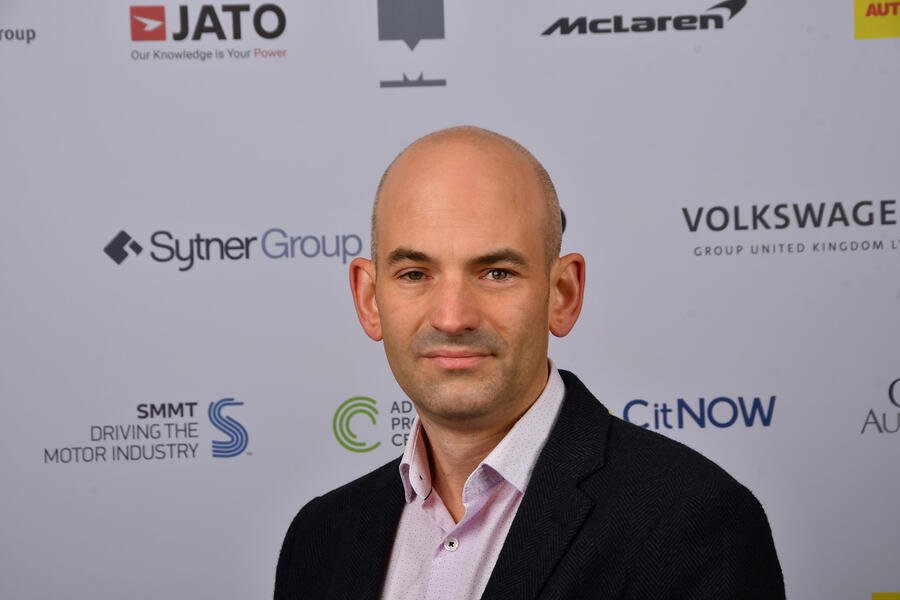
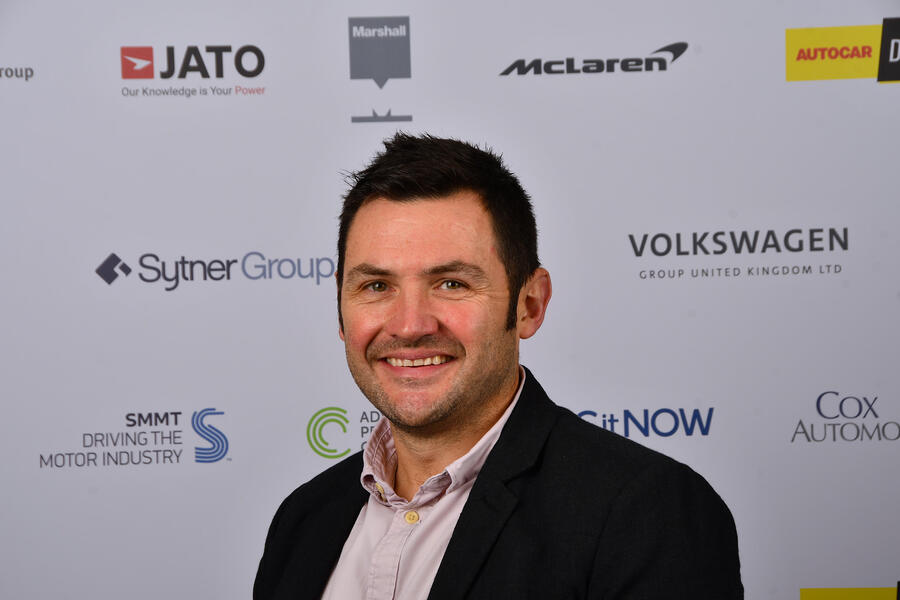 A system to ensure a completely branded customer experience following a car accident - Tony Young
A system to ensure a completely branded customer experience following a car accident - Tony Young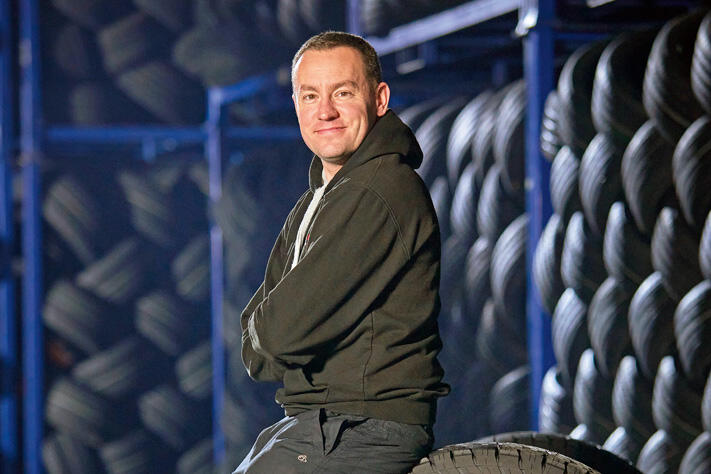
 Single network charging system to enable greater efficiency of usage - George Kitchen
Single network charging system to enable greater efficiency of usage - George Kitchen
Add your comment